If you’ve been following along (either on the newsletter or the YouTube channel) you’ll know we’ve been experimenting with high-voltage circuits to drive these LED filaments I salvaged from some broken light bulbs.

The circuit is pretty simple: it uses a MOSFET, an inductor, a diode, and a smoothing capacitor. We’re switching the inductor on and off at a high frequency using a PWM signal and we can vary the pulse width to change the voltage level.

These filaments start to light up at around 90 volts, and we can go up to about 95–96 volts for a fairly bright output. My meter only starts registering current above 20 milliamps, so it doesn’t pick up the lower values.
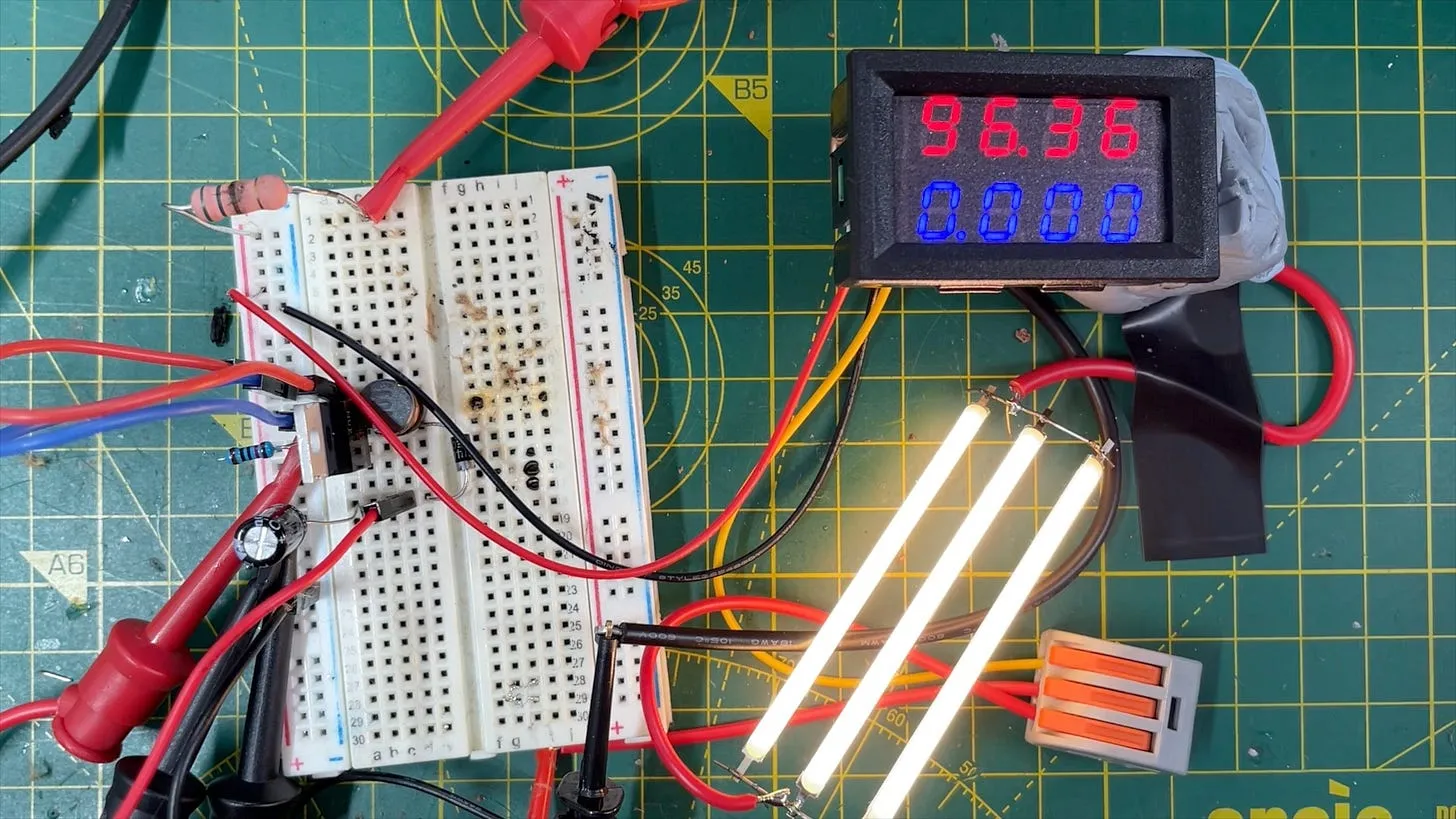
The circuit works quite well, but has no safety features - there’s no over voltage or over current limiting on either the output, or the input. So it’s tends to blow itself up quite readily.
Here’s the remains of a capacitor that blew up. It was rated for 100 volts and it really didn’t like gong higher than that…
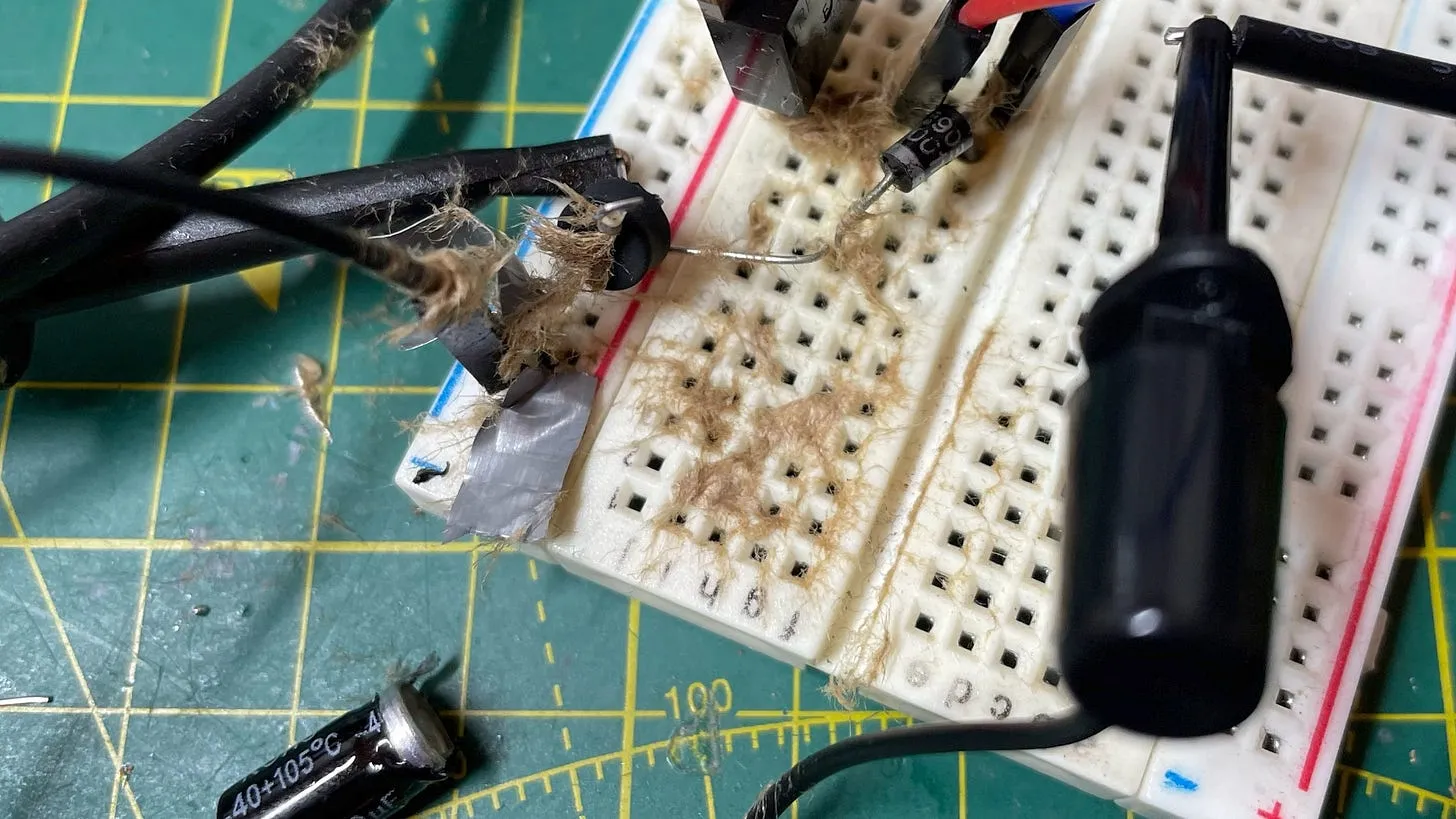
I’m not sure if the failure was due to the diode or the MOSFET, because I’ve had issues with both. Here’s a failed MOSFET—it’s now acting like a resistor divider, which is not ideal.

So, I decided to invest in a proper DC-DC converter. I picked up this one, which can output anywhere from 45 to 390 volts. If you use both positive and negative rails, in theory, you can get up to 800 volts.

I also picked up a nice meter that can measure up to 200 volts and also does current.
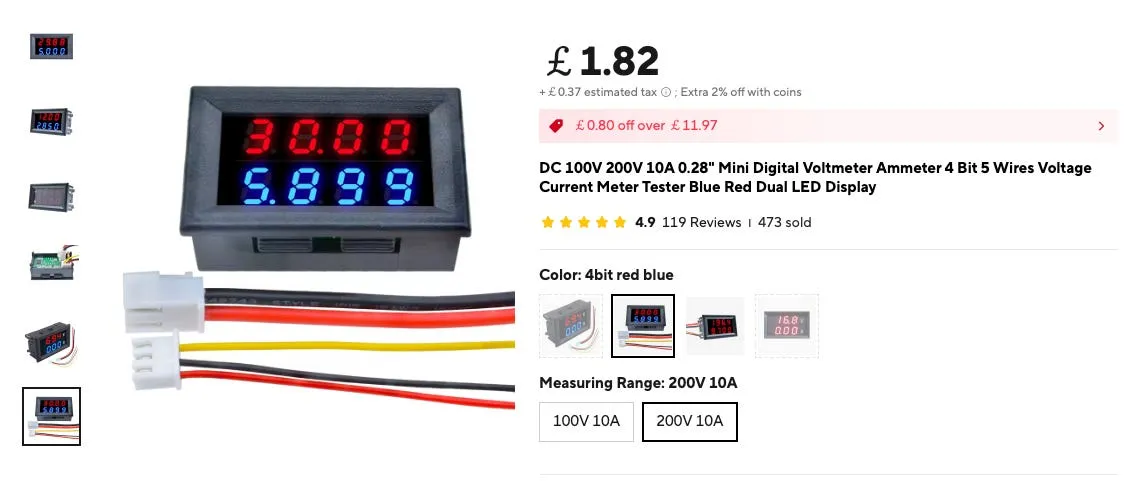
Unfortunately, this one’s dead. It was working at first, though it made a strange clicking noise—and then just failed. Now the input is shorted.
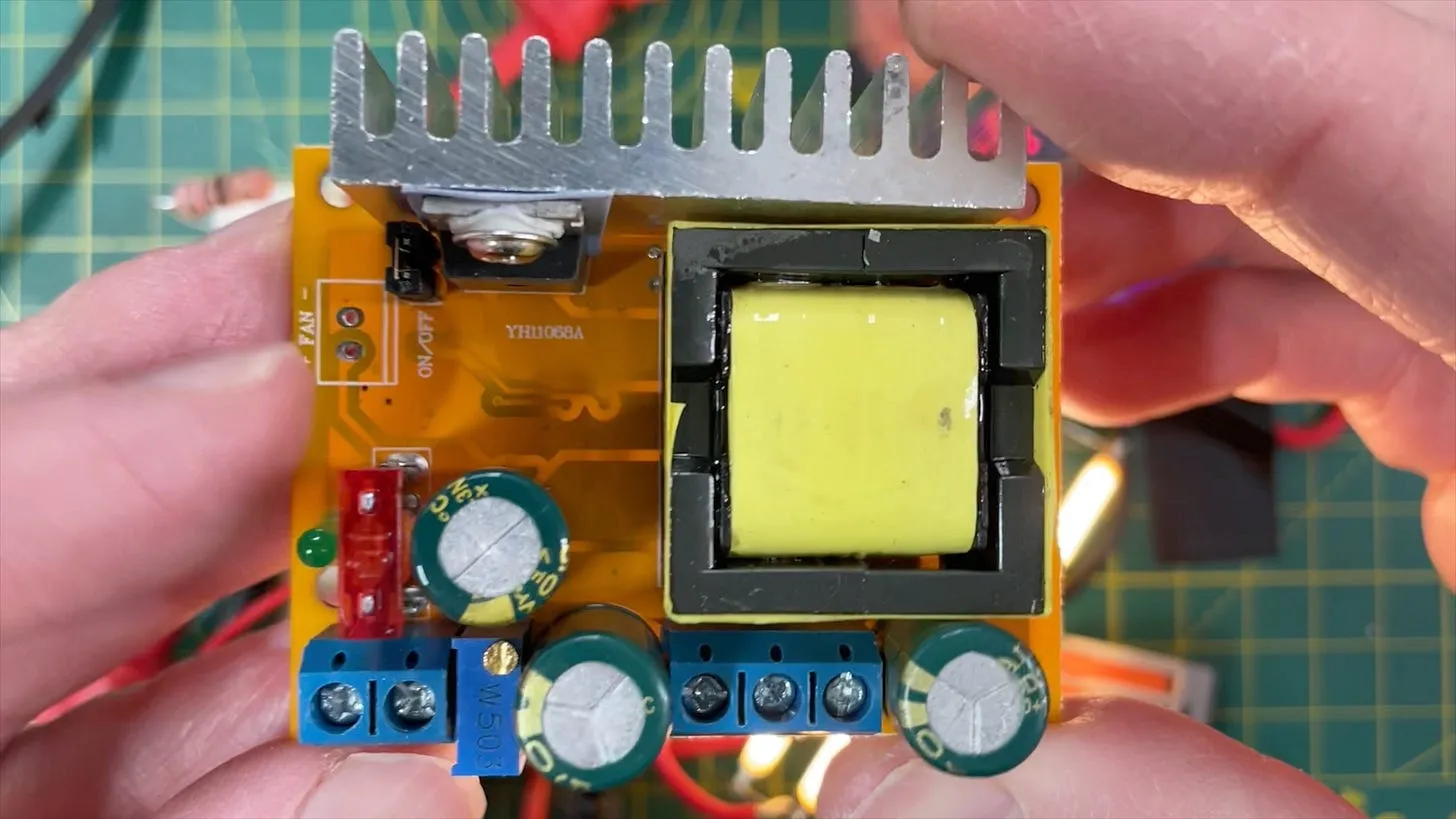
This particular DC-DC converter board can get quite hot. I’ve seen other people mention that it can get too hot to touch. There is a connector for a fan, which I might have to use - if I can get a board that actually works!
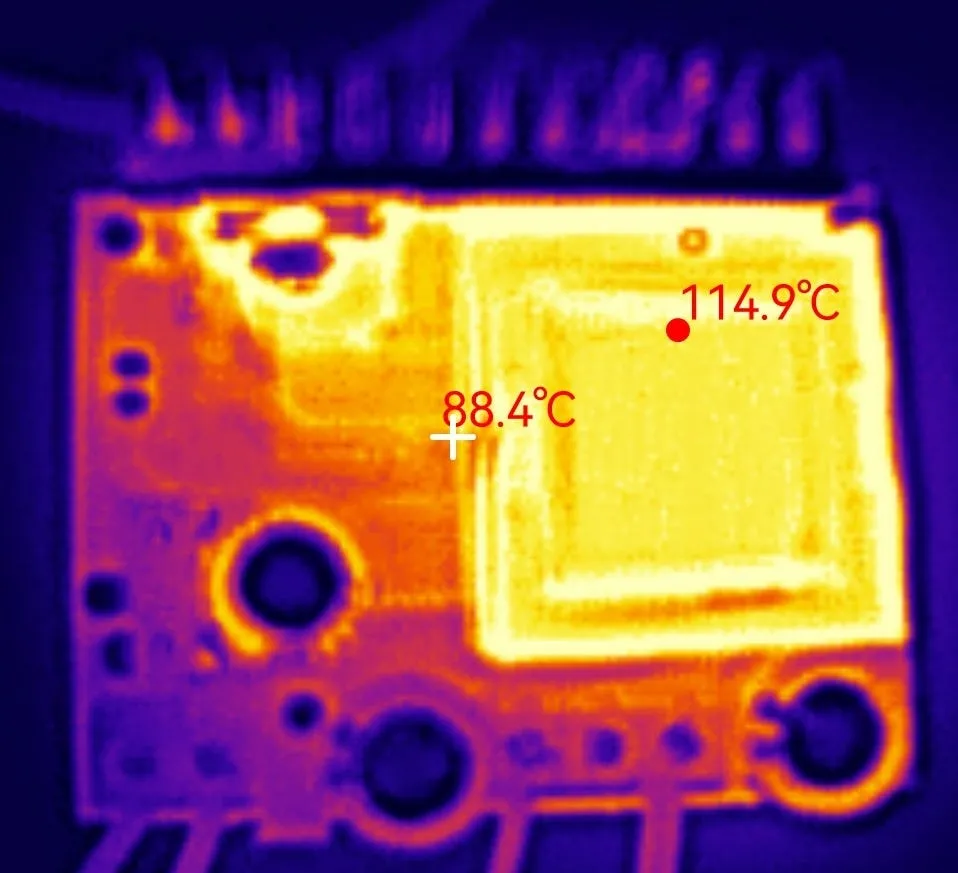
Looking at this board, it’s… rough. My soldering isn’t perfect, but this definitely isn’t great.
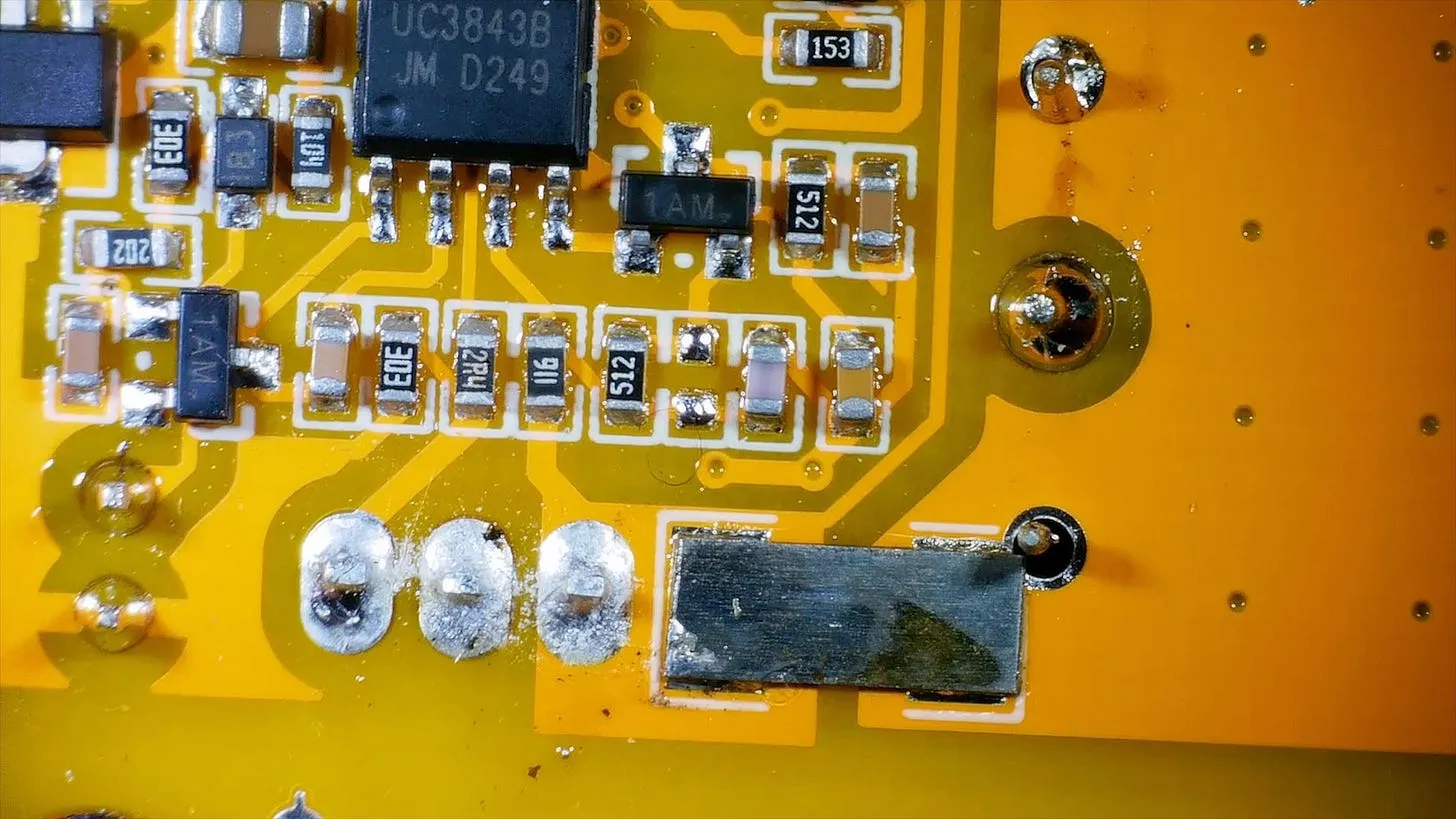
After cleaning it up with a bit of 99% pure alcohol - nothing seems to be particularly wrong - yes the soldering is not great - but it all looks to be connected ok.
I have managed to find a schematic online:

Looking at the components, we have:
-
78L09, a 9V regulator - power supply for the switching IC and other components
-
UCS3843B, switching supply control IC
-
LM393, op amp
-
A few diodes and a zener reference voltage.
On the output side, we’ve got two diodes.
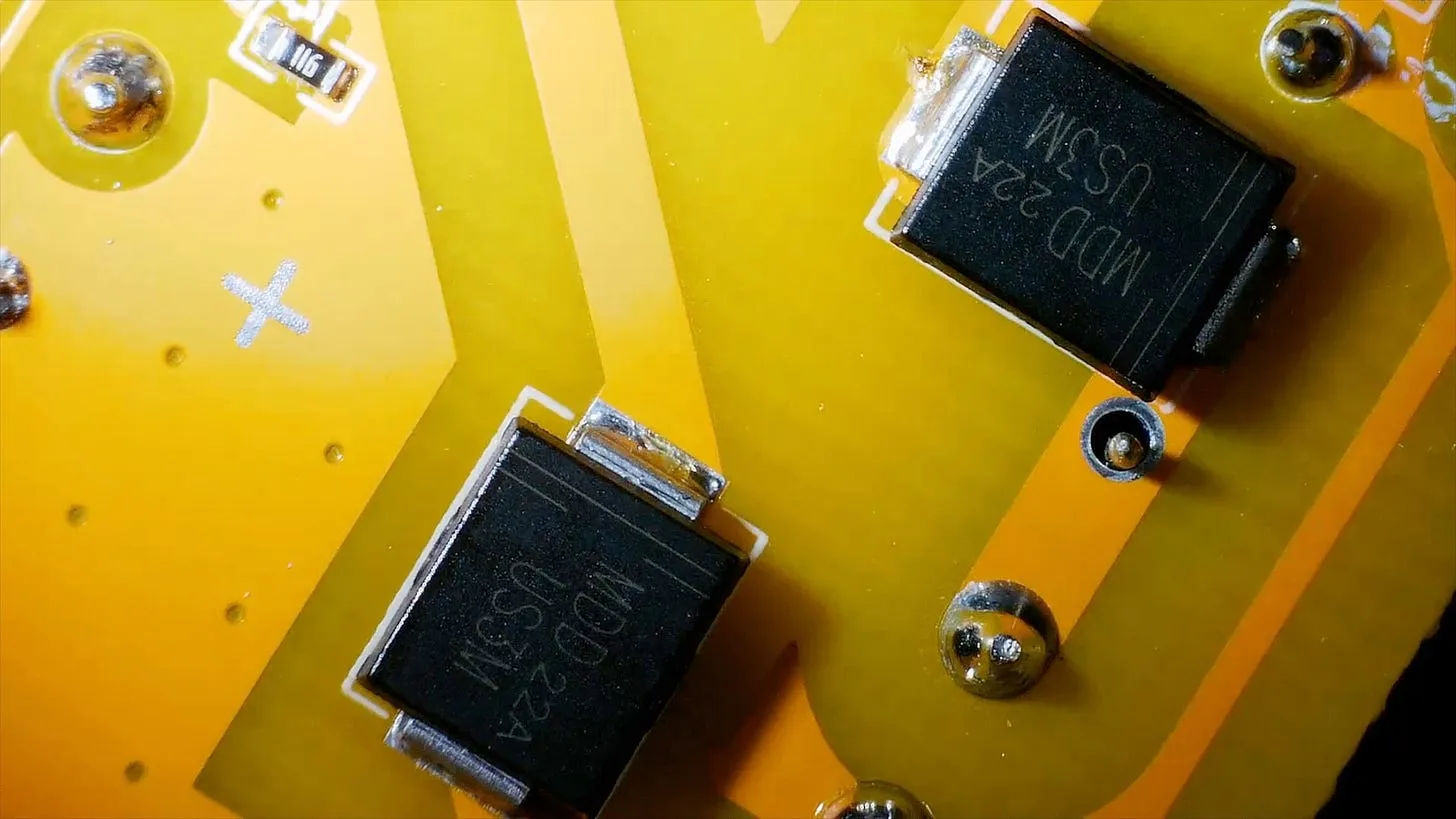
I tested both of these, the one for the positive rail seems to be fine. The one for the negative rail is pretty much a dead short.
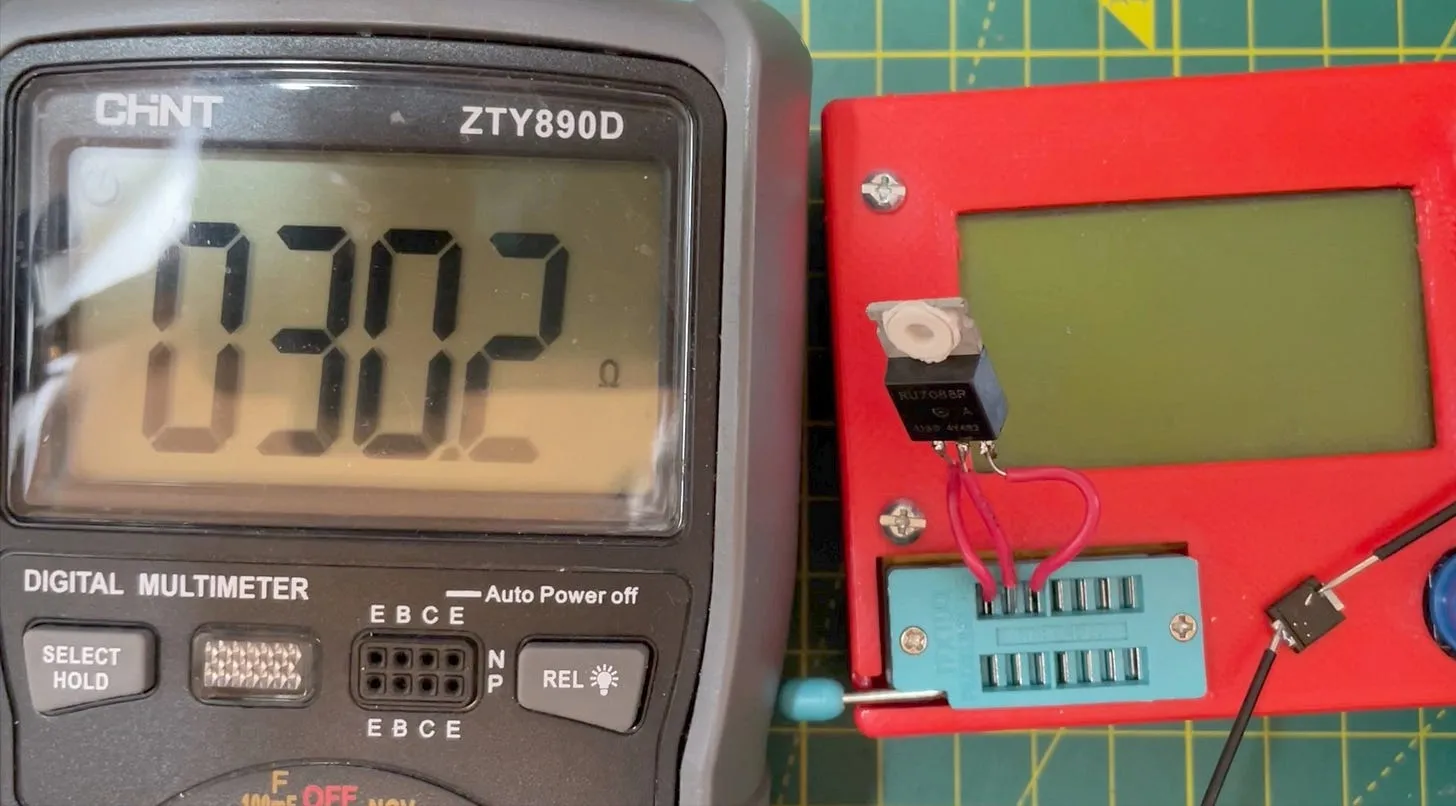
On the input side, the MOSFET - is also dead. Drain and source are essentially shorted - looks very much like some of the MOSFETs I’ve killed myself…

I’ve ordered a couple of replacement boards. Hopefully they will arrive soon, and we can finally do the experiment we set out to do: lighting those LED filaments properly.
You can watch the video of me troubleshooting this board here:
And the previous video is here: